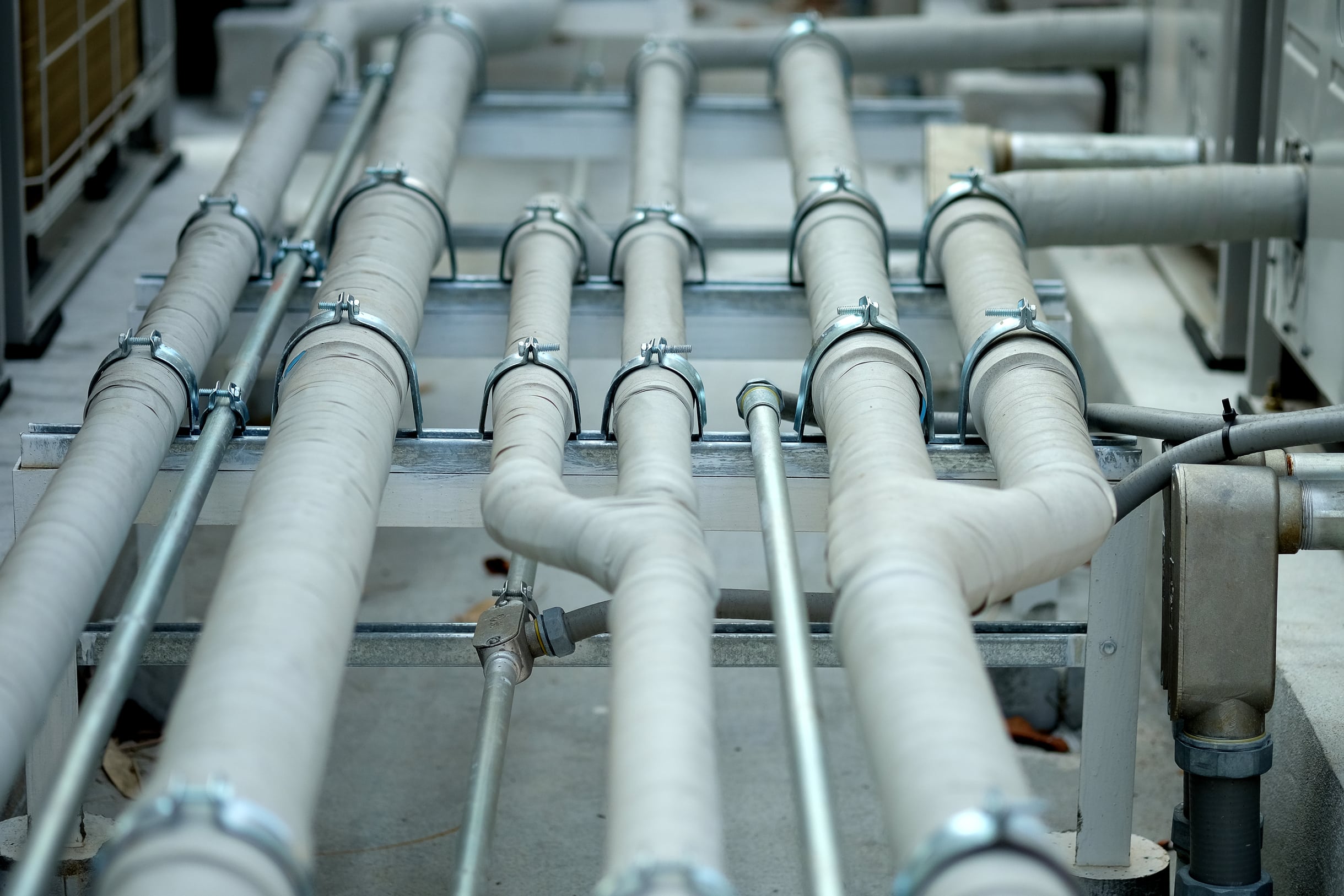How to Install a High-Performance Starter Motor in a Classic Ford Bronco?

If you are the proud owner of a classic Ford Bronco, you’ll know the importance of having a well-functioning starter motor. This critical component is the heart of your vehicle’s ignition system. When you turn the ignition key, the starter motor cranks the engine and gets it running. However, with the passage of time or due to strenuous driving conditions, the starter motor may require replacement. Swapping out the old starter with a high-performance starter motor is a fantastic way to breathe new life into your beloved Bronco. This article will provide a comprehensive guide to accomplishing this task.
Choosing the Right Starter Motor for Your Bronco
Before we delve into the specifics of the installation process, it’s crucial to understand how to select the right starter motor for your classic Ford Bronco. This section will guide you through the process.
Sujet a lire : Can You Retrofit Heated Steering Wheel Functionality in a Volvo V60?
High-performance starter motors deliver superior torque and have a higher horsepower than standard starter motors. These starters are designed to handle the high-compression engines often found in classic cars, making them a suitable choice for the Ford Bronco.
When selecting a high-performance starter motor, consider factors such as the starter’s size and fit, the type of flywheel or flexplate your vehicle uses, and the electrical requirements of the starter.
Dans le meme genre : What’s the Best Method to Enhance the Throttle Response of a Chevrolet Corvette with Drive-By-Wire?
It’s important to ensure that the starter motor you choose is compatible with your vehicle’s specifications. You can usually find these in your vehicle’s manual or from the manufacturer’s website.
Preparing for the Installation
After you have selected the right starter motor for your Bronco, the next step is to prepare for the installation.
First, gather all the necessary tools. Installing a starter motor typically requires a basic set of automotive hand tools, such as wrenches, sockets, pliers, and a torque wrench. Additionally, you may also need a service manual for your vehicle to refer to specific torque specifications.
Safety should be your foremost concern while working on your vehicle. Always disconnect the battery before beginning any work to prevent accidental electrical shorts. We also recommend wearing safety glasses and gloves to protect yourself from possible injuries.
Removing the Old Starter Motor
Now that you’re equipped with the right tools and safety precautions, it’s time to remove the old starter motor from your Bronco.
Begin by locating the starter motor. In the Ford Bronco, it’s typically found on the underside of the engine, near where the engine and transmission meet. You can access it from beneath the car, so you’ll likely need to safely raise your vehicle using a jack and jack stands.
Once you’ve located the starter motor, first disconnect any electrical connections leading to it. Remember the order in which you remove these wires, as you’ll need to reattach them in the same order when installing the new starter.
Next, unbolt the starter motor from the transmission housing. Pay attention to where each bolt is located, as they will need to be replaced in the same positions.
Installing the High-Performance Starter Motor
With the old starter motor removed, it’s finally time to install your new high-performance starter motor.
Begin by aligning the new starter motor with the transmission housing. Then, hand-tighten the bolts to hold the starter in place. Once it’s secure, use your torque wrench to tighten the bolts according to the specifications provided in your service manual.
Next, reattach the electrical connections to the starter motor. Make sure you connect them in the same order you disconnected them from the old starter.
Finally, reconnect the battery and start your Bronco. You should notice an immediate improvement in the speed and smoothness of the engine’s startup.
Troubleshooting After Installation
Even after careful installation, you may encounter issues. This section will help you troubleshoot common problems after installing a high-performance starter motor.
If the starter motor is not operating correctly, double-check all the connections. Loose or improperly connected wires can often cause issues. Also, ensure that the starter motor is properly grounded, as a bad ground can prevent the starter motor from functioning.
If you hear a grinding noise when starting the engine, it’s likely an issue with the engagement between the starter motor and the flywheel. You might need to adjust the position of the starter motor to resolve this.
Remember, regular maintenance is key to the longevity of your starter motor. Regularly inspect it for wear and tear, and always keep an eye (and ear) out for any signs of trouble.
Post-Installation Maintenance
Caring for your newly installed high-performance starter motor is a crucial step to ensure it continues to deliver superior power and performance. This section will guide you through some key maintenance tips for your Bronco’s starter motor.
Your starter motor needs as much attention as any other part of your Bronco. Regularly inspect the starter for signs of wear and damage. Look for any loose wires or connections, as they can affect the performance of the starter.
Always keep the starter motor clean. Dirt, grime, and oil can accumulate over time, impacting the starter’s functionality. A simple cleaning with a wire brush and solvent can remove this buildup and keep your starter running smoothly.
Ensure that the starter motor is well lubricated. This is particularly important for the Bendix drive, which needs to be lubricated regularly to ensure smooth engagement with the flywheel. Use a high-quality lithium grease for best results.
Finally, don’t forget the electrical aspects of your starter motor care. Regularly check the condition of the battery and the wiring connections. A weak battery or poor electrical connections can significantly impair the performance of your starter motor.
Conclusion
A well-functioning starter motor is vital to the overall performance of your classic Ford Bronco. Upgrading to a high-performance starter motor not only ensures a smooth and swift startup but also enhances the reliability and longevity of your vehicle’s ignition system.
The process of selecting the right starter motor, preparing for the installation, removing the old starter, installing the new one, and troubleshooting post-installation issues may seem daunting. However, with the right tools and a careful approach, it is a task that can be accomplished with relative ease.
Remember, the key to maintaining the high performance of your starter motor is regular and meticulous maintenance. Always keep an eye on the condition of your starter and promptly address any issues that arise. By doing so, you’ll help your beloved Bronco deliver a powerful performance for many more years to come.
With the high-performance starter motor installed and humming nicely in your Bronco, you’re ready for any adventure that comes your way. Happy driving!
